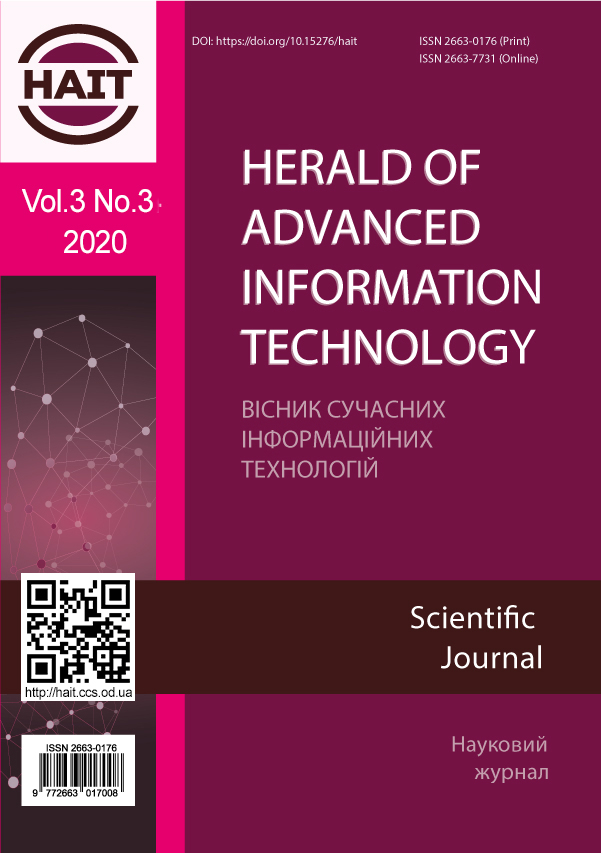COMPARISON OF AUTHORIZATION PROTOCOLS FOR LARGE REQUESTS IN THE OPERATION QUEUE ENVIRONMENT
DOI:
https://doi.org/10.15276/hait.03.2020.5Keywords:
digital signature, authorization, large payload, operation queues, network requests, verificationAbstract
Authorization protocols play a foundation role in web security. There is a risk that the data may be changed in places where it is transmitted in the unencrypted form, for example, in a proxy server. The vulnerabilities of payload spoofing aren't thoroughly re-searched. Existing authorization protocols for large payload implement the “Filling the Buffer” method and its subtype “Buffering to File”. Through simulation, it was found that the second subtype “Buffering to Memory” is not ideal for requests with large payloads. In previous papers, a “chunking” method was developed for authorizing HTTP requests with efficient payload verification. However, it was found that in an operation queue environment, the system is prone to falling into the critical mode, which became a subject of further study. This paper aims to reduce the harmful effect of critical modes. Analysis of signing methods for authorization using a parallel architecture based on queuing theory has shown that the “chunking” method is the most promising. The developed methods for ranking authorization protocols for large requests and identifying critical modes made it possible to experimentally determine the conditions for the manifestation of the advantages of the studied methods of signing the payload in different modes and to study the effect of the intensity of the incoming data on the transition of the system to the critical mode. Conducting a computer experiment, the dependencies of the multithreaded write speed on the number of threads for the “chunking” and “buffering to file” methods were obtained depending on the number of threads and the data transfer rate. The parallel processing of the digital signatures of requests has improved the performance of the system, keeping the sequential processing of data. The study of the influence of the intensity of the incoming data on the transition of the system to the critical mode makes it possible to calculate the limitation of the system load. Thus, the goal of reducing the harmful effect of critical modes and ensuring greater reliability and speed of the system is achieved.
Downloads
Downloads
Published
Versions
- 2020-09-22 (3)
- 2021-04-23 (2)
- 2020-09-20 (1)








